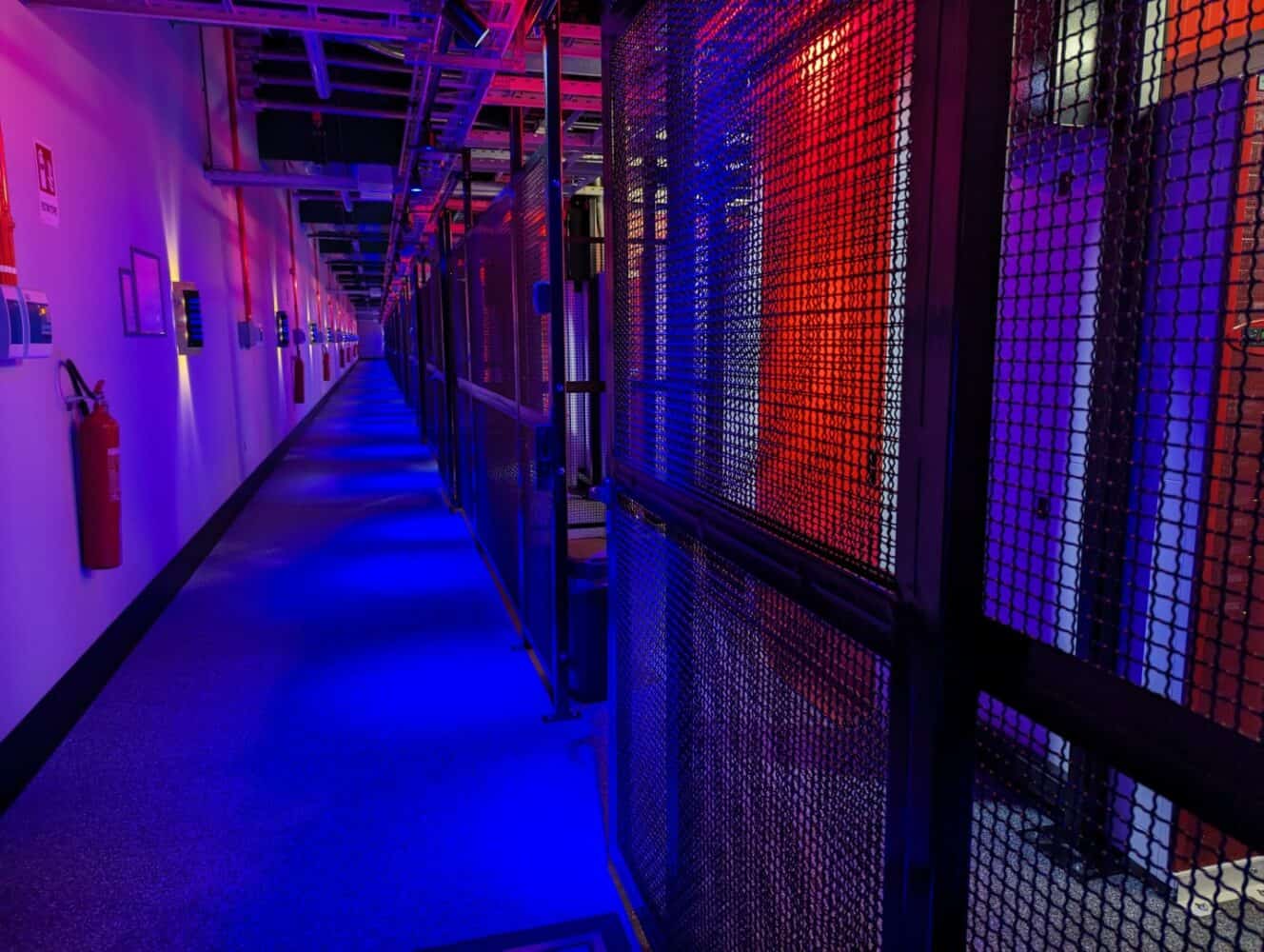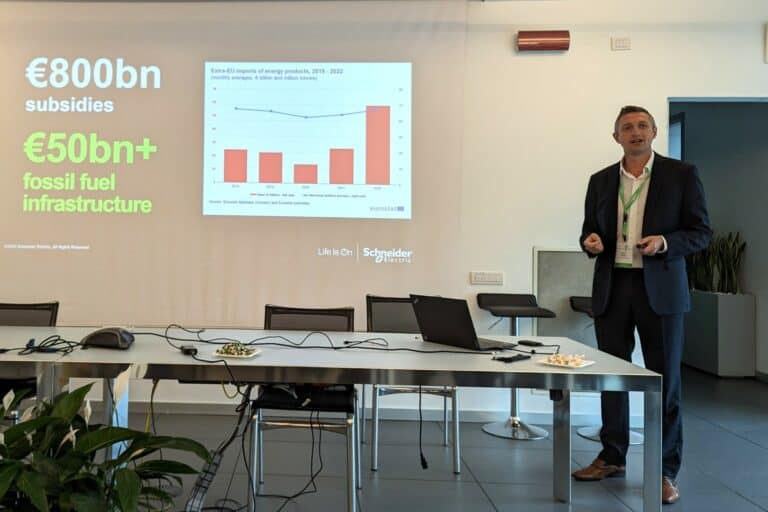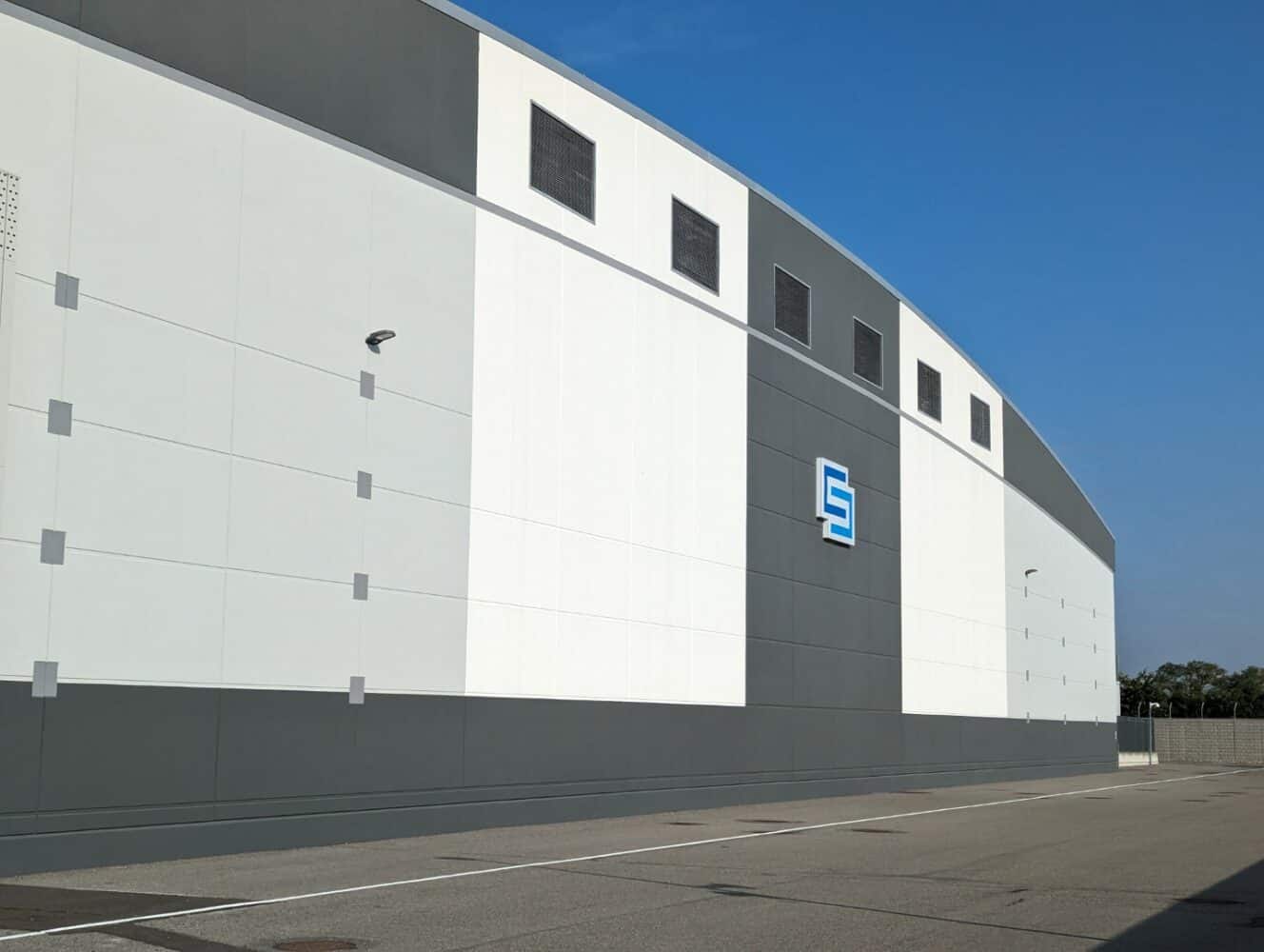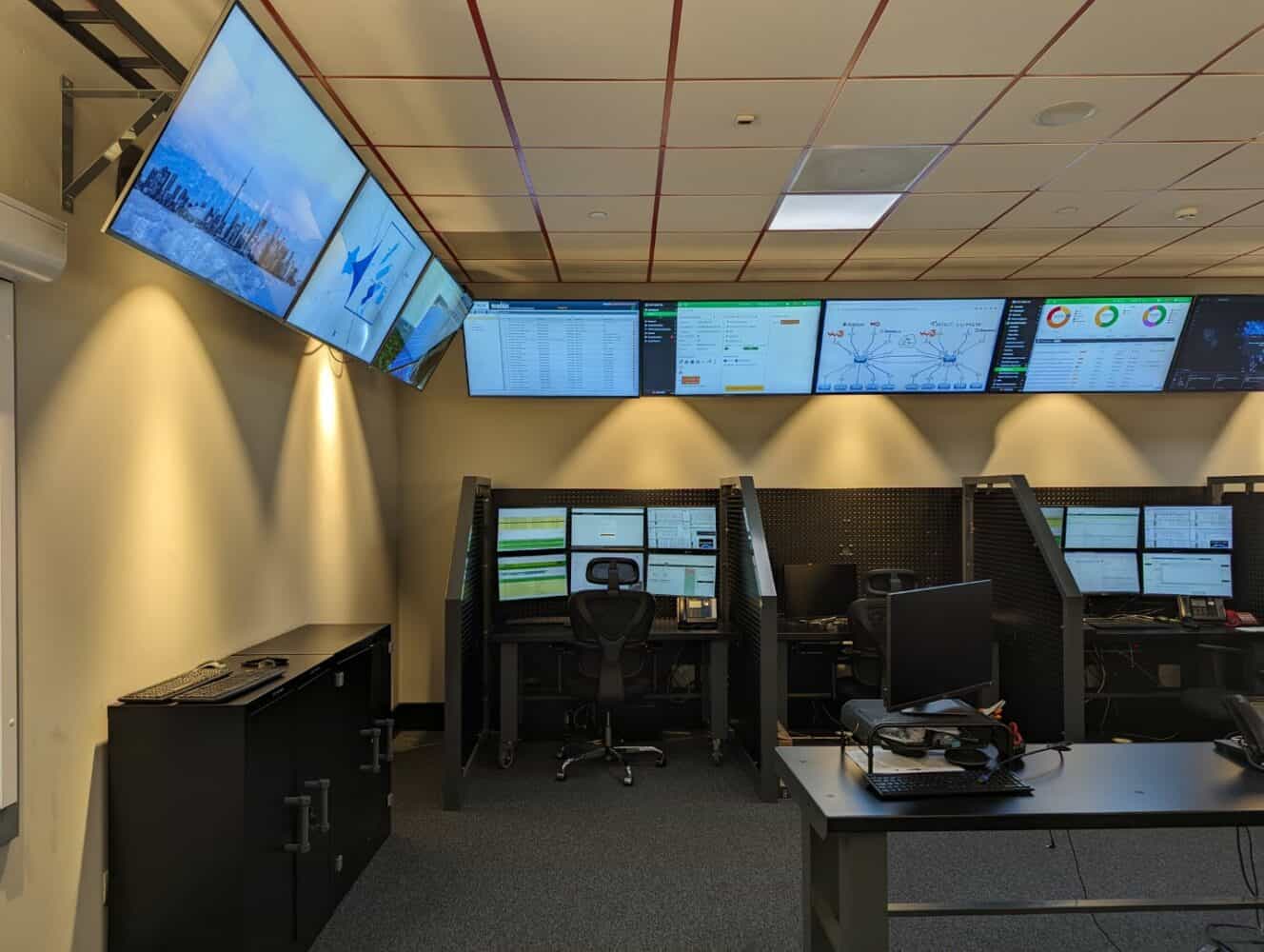Data centers can and should become much more efficient. Schneider Electric has an important role to play in this. However, that’s easier said than done, we learned recently on a visit to the company’s Electric Cooling Hub in Conselve, Italy. That it is indeed possible to make strides is proven by STACK Infrastructure, who opened up one of their data centers for us.
Data centers are regularly targeted in discussions around climate, sustainability and energy consumption. They consume an enormous amount of energy and water and do not do much else to change. At least that is the perception prevailing in the market. However, we are only going to need more data centers in the next 20 years. Andrew Bradner, General Manager of Cooling at Schneider Electric, says that in that time there needs to be a doubling of capacity.
This doubling, by the way, is not only related to the rise of AI. That may be tempting to think, but AI only makes up a maximum of about 15 percent of the expected doubling. So the rest of the workloads are also going to grow tremendously. That in itself is not surprising. For every new development there will be all kinds of new applications, which need data to function. That data has to reside somewhere in a data center. This can be a private cloud, a colo-data center or a public cloud.
From cause to solution
Clearly, data centers find themselves in a special split. With that, the same goes for parties such as Schneider Electric and STACK Infrastructure. From legislators here and there we see a primary reaction of a moratorium on the construction of data centers. That in itself sounds logical, but is not tenable. After all, the need for data centers will only increase. So banning their construction is only a short-term solution, insofar as it is a solution.
In the end, the solution to the problems that data centers have and cause in terms of energy and water consumption, among other things, will really have to lie largely in technical developments. That is what they are busy with at Schneider Electric. It’s good to see that at least more is being done than offsetting. We don’t have that much to do with that. That is a form of greenwashing as far as we are concerned, even though offsetting is still better than doing nothing at all. The only time during the two days of the press conference that offsetting came up was right at the beginning. Schneider Electric planted a tree for every journalist present somewhere in a forest in France.
Data centers must go from cause to solution. That is the tenor of the speech by Marc Garner, SVP Secure Power Europe at Schneider Electric. He even goes a step further: “Data centers can be the catalyst for sustainable change.” In doing so, he turns the perception of data centers completely on its head. The quote from the title also comes from him. Fortunately, it turns out to be more than just empty slogans, we learn during the remainder of the event.
Also read: Google Cloud uses 19.38 billion liters of drinking water, water neutral by 2030
Cooling plays a leading role
Any discussion about the energy and water consumption of data centers quickly turns to cooling. That is definitely the linchpin of the changes that data centers and data center product suppliers must make. In Bradner’s words, “We need to have a strategy for smart and green cooling.”
The above is simple to say, but has quite a bit of complexity to it. Just think of the challenges posed by AI, for example. That will cause the number of HPC workloads to increase. A company like Schneider Electric needs to be prepared for that, by offering additional cooling formats to customers, for example. In addition, the data center market could use some standardization, according to Bradner. This is also what customers want, because it is simpler and therefore cheaper.
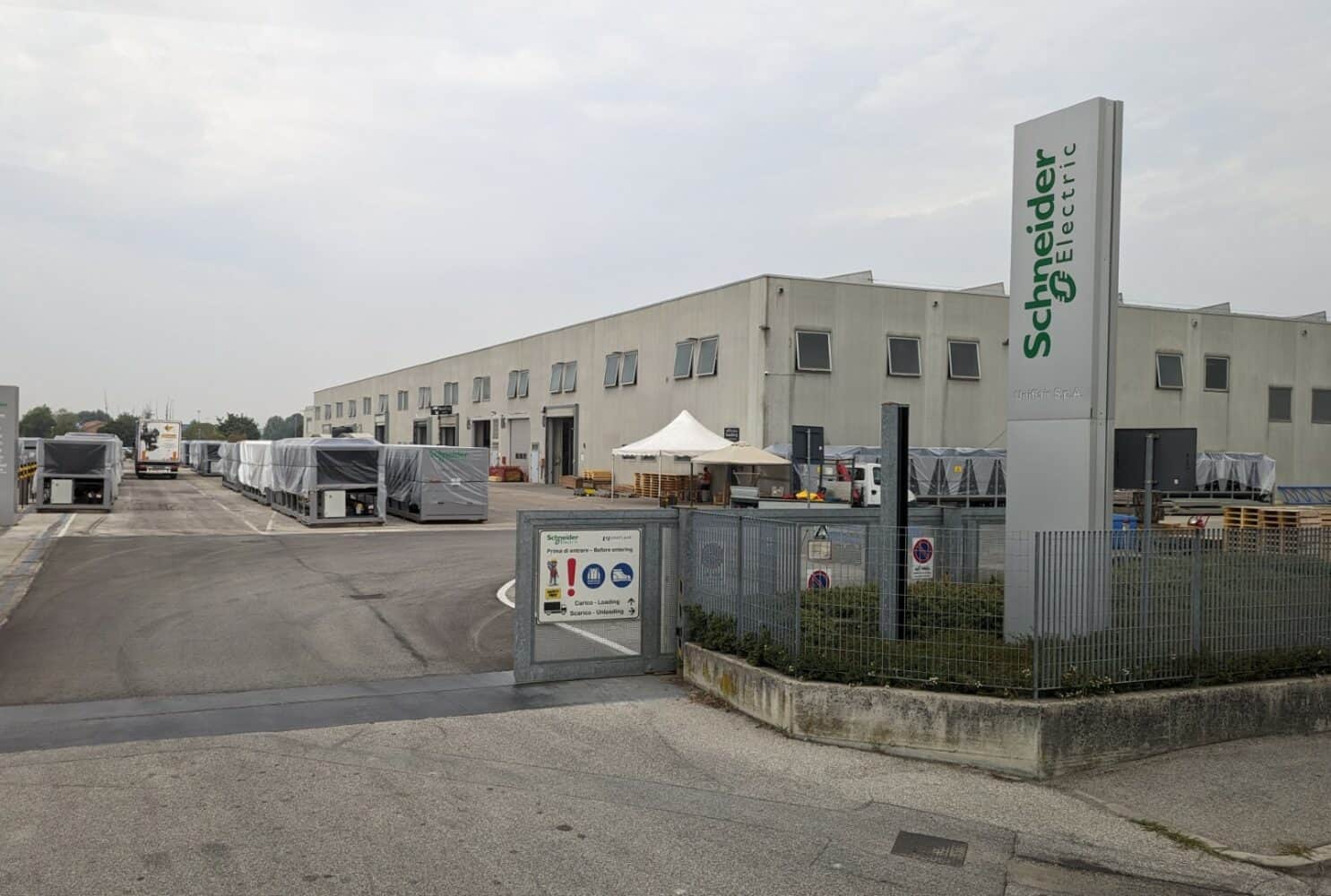
Ultimately, a fully standardized data center market will not happen overnight. However, Bradner does see that geographical location will play less of a role. Above all, it should all be done efficiently, in multiple areas. Having a unique design for each geographic location isn’t part of that approach.
Liquid cooling is getting bigger and more important
When it comes to liquid cooling, the analogy with IPv6 comes to mind. Of that, we’ve been saying for about 25 years that we’re in the year of IPv6. But that “big bang” just doesn’t seem to be coming (and isn’t going to come, we dare predict, but that aside). Bradner articulates this analogy as follows: “Liquid cooling has been the next best thing for fifteen years.” The market is still not really ready for it, with the exception of companies running HPC workloads.
There is a good reason for the immaturity of the market. It’s because datacenters can cool the lion’s share of workloads and racks just fine with air. Therefore, it will never be the case that liquid cooling takes over completely. Ultimately, the limit for when liquid cooling is more or less mandatory is about 50 kW/rack, we hear during the event. You don’t get there overnight, even though we are steadily growing toward it. Anything below 50 kW/rack can basically still be handled with air cooling, even though there will be situations where liquid cooling is more efficient there as well.
With regard to guidelines in the area of liquid cooling, there is still a lot to be formalized. For air cooling, there were and are the ASHRAE guidelines. “Those are becoming somewhat archaic and dated,” Bradner points out. So there needs to be a new version of those. The fact that there isn’t one yet is another indication that liquid cooling in data centers is really still in its infancy.
Combined solutions for air and liquid cooling
Liquid cooling may be on the rise, but it is by no means the solution for all data center cooling. There will continue to be a need for air cooling as well. Of course, that does present Schneider Electric with an additional challenge. After all, it now has to enable hybrid solutions. That is to say, solutions that use air cooling and liquid cooling side by side. That’s also why they took an end-to-end approach, Bradner points out. That way, they keep the entire cooling process in their sights. From on-chip cooling, through the distribution of cooling in a data center to rejecting the heat outside.
The above sounds like Schneider Electric wants to create a lock-in for customers. That’s usually what “end-to-end” means, in our experience. However, that is not the case, Bradner indicates several times during his portion of the session. “We want to remain agnostic,” he states. “We’re going to support every technology, every vendor – that’s what liquid cooling requires of us.”
From synthetic to natural coolant
When it comes to rack cooling in data centers, particularly closed systems using cooling fluids, there are also questions around sustainability. After all, these fluids are often far from environmentally friendly. Some of the worst gases have already been eliminated from the fluids. Solving the problem is an ongoing process, though.
With the above in mind, it is no surprise that there is currently a lot going on around coolants. A lot of people and companies are on a search for efficient natural coolants. That in itself is a good idea, points out Maurizio Frizziero, Technical Innovation Expert Leader working at the Schneider Electric Cooling Hub in Conselve. However, he points out that we do need to be smart about it too. “Most of the carbon footprint is not in the refrigerant, but in the energy consumption,” according to him.
This means that a green coolant that is less efficient than a synthetic or chemical one is counterproductive at the end of the day. In addition, it is also important to look at how energy is generated, of course. If this is done in a green way, the scales of less efficient coolant might actually lean towards the green side, even though energy consumption goes up.
All in all, here too it is important to think and look at sustainability issues within data centers from an end-to-end approach. “If you don’t do this, you only shift the problem,” Frizziero concludes.
Liquid cooling may still be far from commonplace in data centers, but Schneider Electric is already preparing for it. This is very clear during a tour of the Cooling Hub. An entire new line has been set up for it in the factory.
STACK Infrastructure as an example for sustainable data centers
After visiting Schneider Electric’s Cooling Hub, it was time to visit a real data center. We did so in Milan at STACK Infrastructure. More specifically, this was the MIL01 data center. STACK Infrastructure has data centers in several regions in Europe. In addition to Milan, these include Frankfurt, Geneva, Copenhagen, Oslo, Stockholm and Zurich. The company has only been around since 2019, but it is quite ambitious. It already has a total capacity of more than 2.5 GW now, but wants to get to more than 4 GW worldwide in the foreseeable future. This is certainly possible, as there are investors behind the company with quite a lot of financial capabilities (IPI Partners). Currently, the company’s focus is mainly on hyperscalers.
The fact that STACK Infrastructure is relatively young offers opportunities in terms of sustainability. After all, it does not have ancient sites, where retrofitting new technology can cause headaches. In addition, it can also take sustainability into account when choosing the location for data centers.
Location plays important role
Looking at the above list of locations, it is notable that almost all of them are in areas where sustainability goals such as using 100 percent renewable energy are relatively easy to achieve. That is, Switzerland and Scandinavia have a substantial number of hydroelectric plants. The north of Italy also has the necessary hydropower plants. Actually, only Frankfurt is located in a region that is more difficult to provide 100 percent renewable energy. That region opened late last year but also meets this target.
All of STACK’s locations in Europe run on 100 percent renewable energy, spokespeople repeatedly tell us. Whether one can ever have 100 percent renewable energy, is up for debate, as all of the so-called clean and green sources of energy have a carbon footprint too. It’s all about definitions, at the end of the day. The emergency generators of the data center still run on diesel, by the way. For now, this is the only truly reliable fuel to offer the guarantees that customers expect from a data center.
In itself, it makes perfect sense that STACK Infrastructure has chosen the above locations, with sustainability ambitions in mind. However, this strategy goes against what Bradner told us the previous day, that geographical location is becoming less and less important. Nor is this company the best example in terms of standardization. We hear during the session in Milan that the cooling system was built specifically for this data center. That makes sense, however, because MIL01 is an air-cooled data center. The trends Bradner mentions are more likely to apply to liquid-cooled data centers than air-cooled ones. As mentioned earlier, liquid cooling is still not very widespread. So we will have to wait a while for standardization.
In addition to hydropower, STACK Infrastructure also uses other forms of renewable energy. For example, solar panels are provided at several locations. Furthermore, they also collect rain and melt water and reuse the heat produced by the data centers. They say they do the latter very successfully in Oslo and Geneva. In Oslo, for example, this involves heating 5,000 homes. Also good to mention here is that STACK Infrastructure is also looking at using so-called Green Concrete and recycled steel to build data centers.
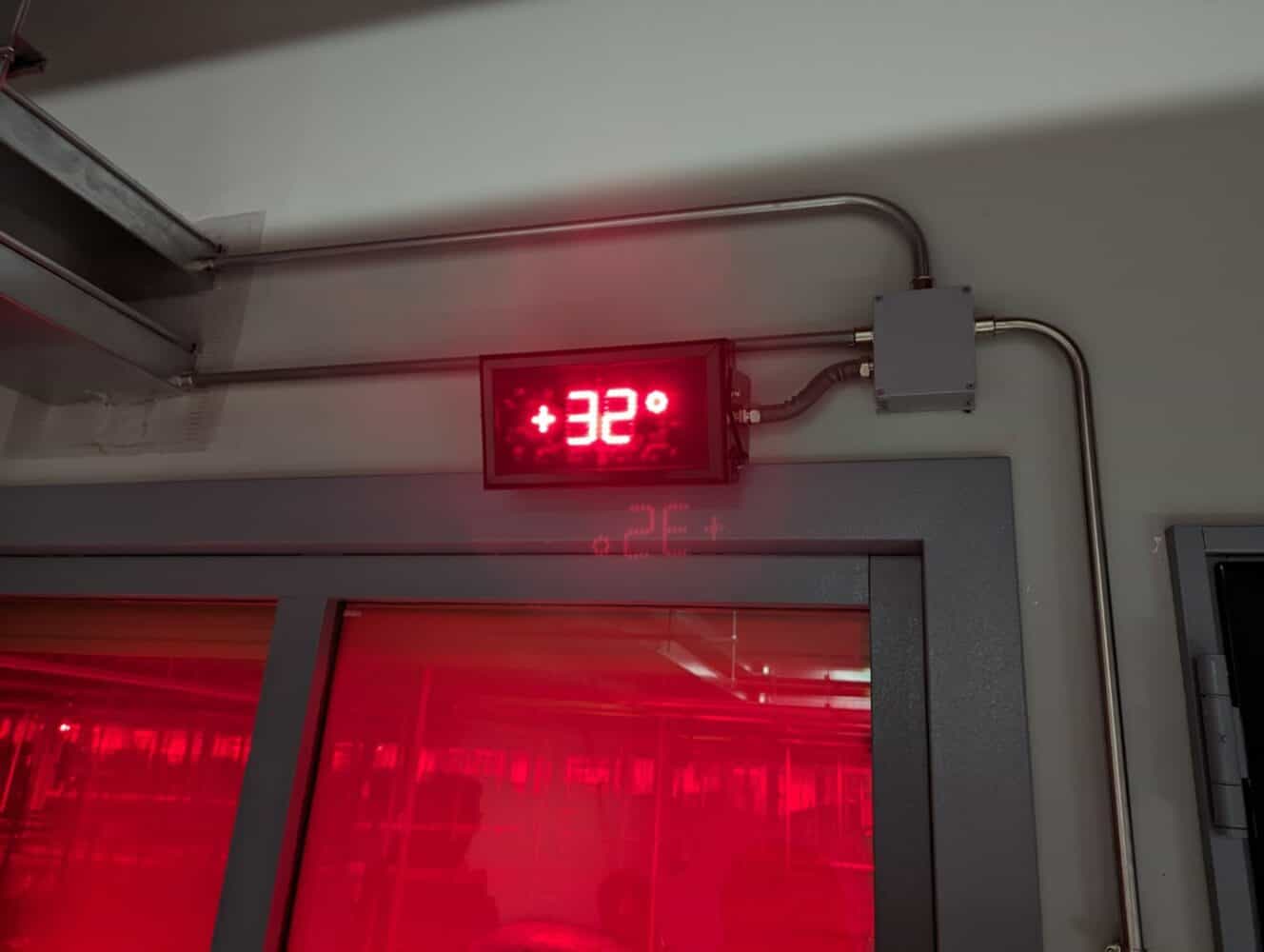
We see something rather special on the campus of the MIL01 data center we visit. This is one of the locations where STACK Infrastructure has placed bee hives. This does not immediately have anything to do with renewable energy, saving or recycling it, but it is important for nature. After all, bees play an important role in pollinating plants and are thus crucial for their survival. The plan is to install bee hives at the other locations as well.
Sustainable data center is about more than renewable energy
However, making a data center more sustainable is not just about the kind of energy you put in (and get out). We saw this briefly above when we talked about natural liquid cooling. It’s also a matter of thinking carefully about how to use the energy that data centers consume as efficiently as possible. This is also what the statement in the title of this article, from the already quoted SVP Secure Power at Schneider Electric, Marc Garner, partly refers to.
Efficient use of energy starts with the hardware that goes into a data center. If you know the impact of that on the environment in general, you can make an informed decision about what hardware you need. This includes not only how much energy it consumes after purchase, but also the materials in it and how they contribute to pollution and the carbon footprint. Schneider uses PEP, or Product Environmental Profile, for this type of product lifecycle management. You get detailed information on all products about what the impact is, divided into Scope 1, 2 and 3.
It is also possible to be more sustainable in operational matters. For that, first of all, you have to have continuous access to the state of all the systems you have. In other words, all systems must be connected to each other. All the data from those systems can then be turned into clear information about how they are working and how to do things better. For that, of course, you also need software. Schneider Electric also happens to supply this software, within its EcoStruxure portfolio. This, by the way, includes not only things about energy consumption, but also components aimed at linking OT and IT and security.
All in all, it is good to keep in mind that at first glance, small changes can have big consequences. During the session we had at STACK Infrastructure’s data center in Milan, we heard an interesting fact in that regard. A difference of one degree in cooling temperature means five percent less energy consumption. So there is still a lot to be gained there. Garner certainly has a point when he says that in principle there is no energy shortage, but that we waste too much energy. At least when it comes to the second part of his statement. Whether there really is no energy shortage would not be something we could simply endorse. But that in itself is not necessary. Even if there is an energy shortage, we should waste as little energy as possible, so the need does not change.
